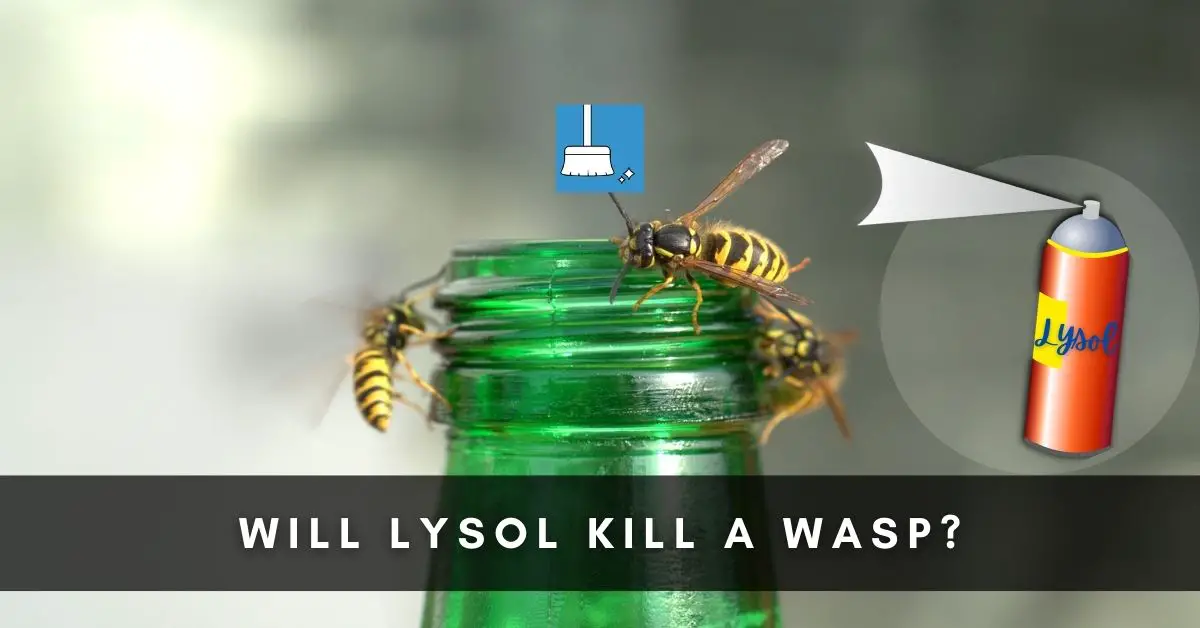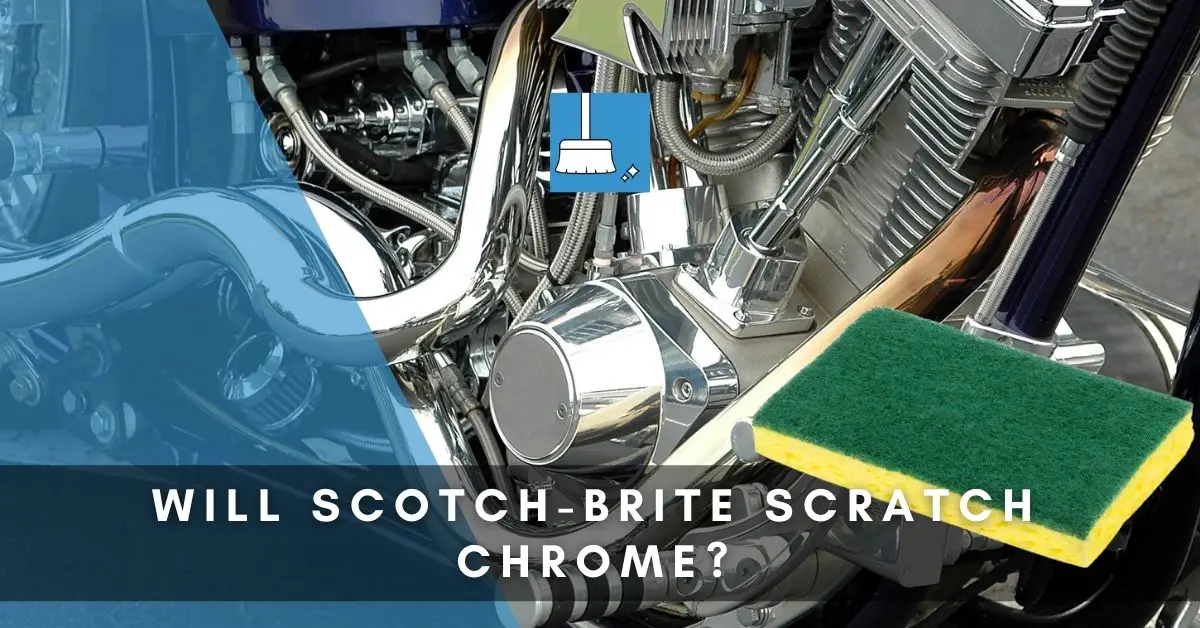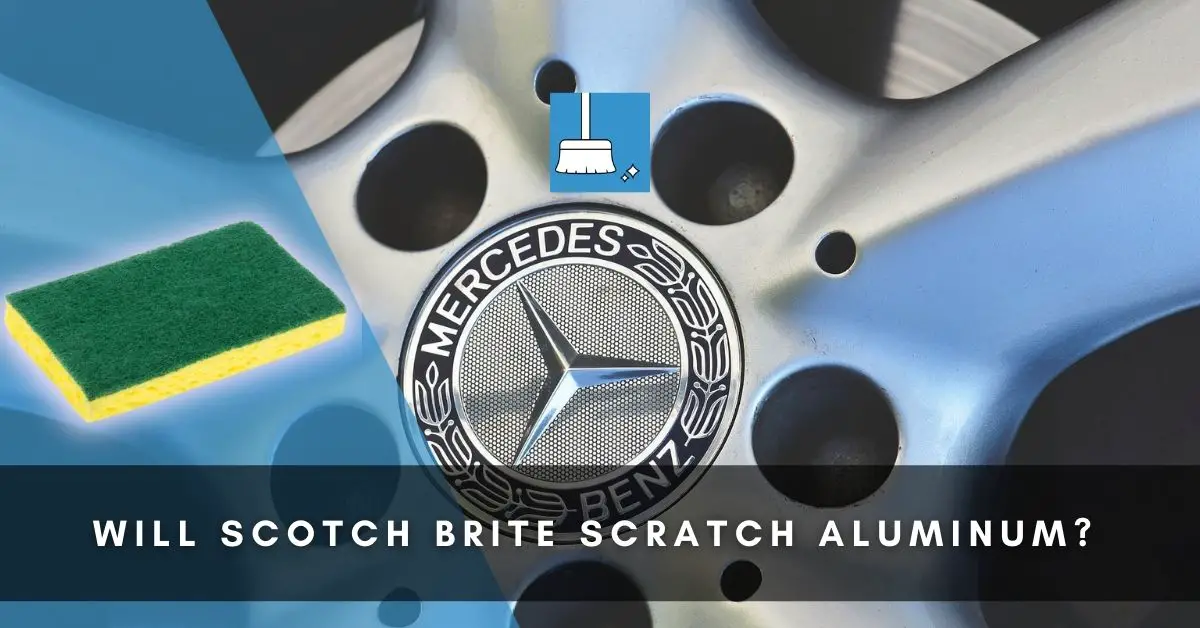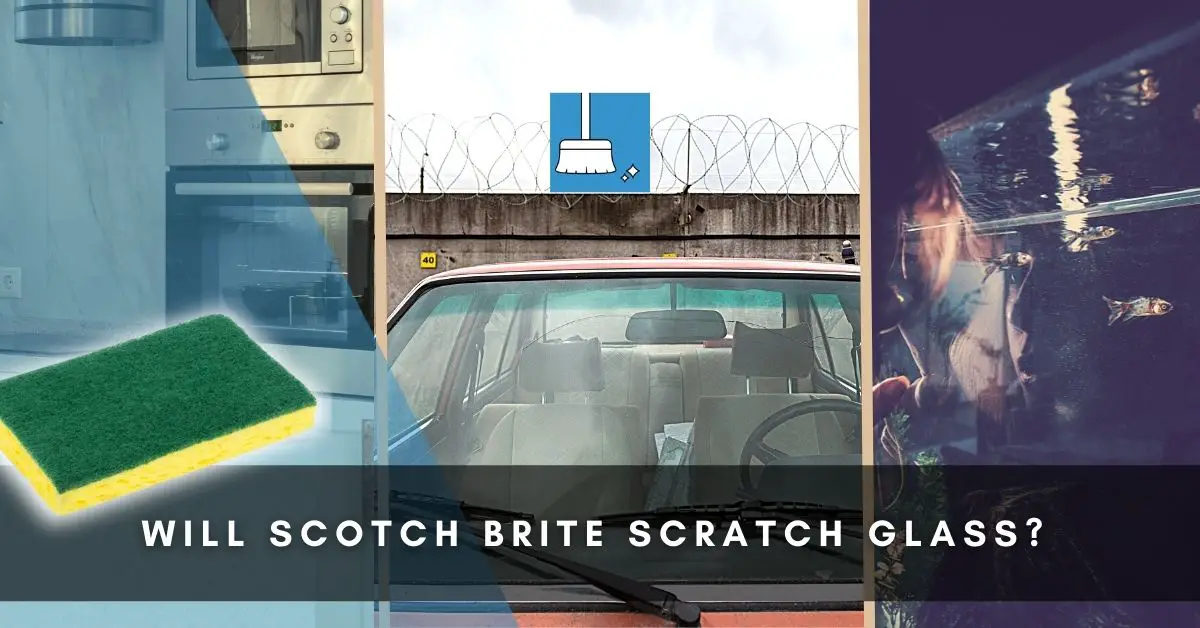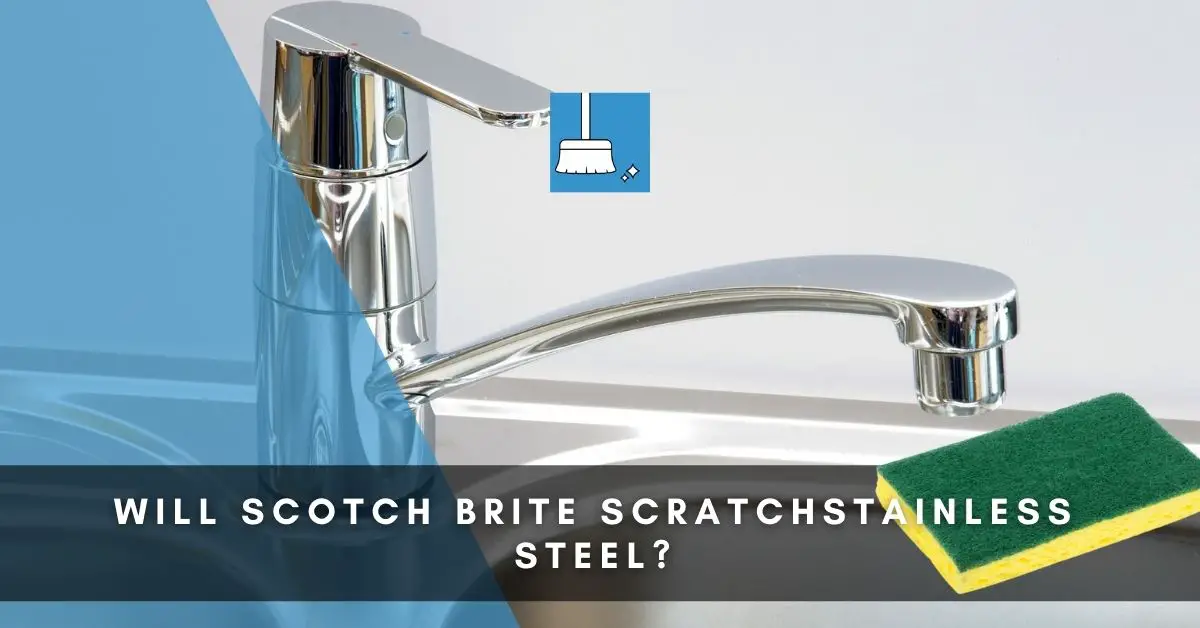Panic searching “Will Lysol Kill A Wasp?’ means you have spotted a wasp (or a whole nest of them) in or near your home and the only thing you have handy is a can of Lysol. The dread of having a wasp fly into your home is a feeling that many people can relate to.
This feeling is significantly amplified if you have no wasp spray or insecticide. Before trying anything, you probably want to ensure that Lysol or other household cleaners can kill wasps. This saves you from the possibility of getting stung.
From this article, you will discover whether or not you should use Lysol to kill wasps, if it works and how to go about it.
Will Lysol Kill a Wasp?
In theory, spraying Lysol on wasps may kill them, but things are much more complicated in practice. Several factors will come into play when you want to kill it that will decide whether it works.
How Does Lysol Work?
Lysol spray is an aerosol, a condensed liquid that comes out as a gas. There are two primary ways it can help you kill or immobilize a wasp.
The first is by making its wings too drenched to fly.
Second, the chemicals in the Lysol may poison the wasp and kill it. However, this depends on whether or not you get a perfect shot at it and adequately saturate it. Also, consider that the wasp may not get poisoned and die immediately.
How to Use Lysol Spray to Kill a Wasp?
If you want to try your hands at this as an emergency solution, follow this mini-guide:
You’ll Need
1- Safety gear (Blanket/long-sleeved clothes/overall – anything that covers most of your skin )
2- Can of Lysol
3- Fly swatter or anything to hit the wasp with (optional)
Steps
STEP 1- When wasps feel attacked, they retaliate by stinging, so to avoid being stung if your attack is unsuccessful, cover as much exposed skin as possible.
STEP 2- Clear them from the area entirely if you have children or pets. A wasp sting might prove fatal for your pet. Also, clear the clutter in the area to make it easy for you to move around in case you need to make a quick dash.
STEP 3- You’ll need to lure the wasp to a corner where it will be trapped. You can attract it with food or drive it thereby chasing it.
STEP 4- Stay at a safe distance. From where you stand, your spray content should be able to touch the wasp, but you should also be able to avoid getting stung by a swift movement of the wasp.
STEP 5- Spray the Lysol content on the wasp as if your life depends on it (we would not recommend doing this if you are allergic to wasp stings).
STEP 6- If you succeed at disorienting the wasp, spray more Lysol on it and keep dousing it till you are sure it is saturated and immobilized.
STEP 7- At this point, you have three options, you can decide to wait and see if the wasp will die, or you can kill it yourself. If you don’t want to kill it, you can pick it up with a piece of paper and toss it outside. However, there is a chance that if it has a nest nearby, you will get attacked by other angry wasps.
STEP 8- If the Lysol did nothing to slow down the wasp, perhaps because you could not get a good hit, we recommend trying our other suggested solutions.
Lysol has to be wipes off from the surface on which it was sprayed as even after it dries, it may leave residues behind.
Why Using Lysol on Wasps Isn’t the Best Idea
The only advantage of using Lysol to kill a wasp is that it may work as an emergency aid.
On the other hand, there are many reasons why using Lysol might not be an excellent idea for killing a wasp.
1- Terrible for a Wasp Nest: If you have a whole nest of them, even exhausting two cans of Lysol on them is unlikely to kill them. Besides, before you can do this, you will get swarmed by the lot and stung multiple times.
2- Likely Won’t Work Immediately: If your aim is the outright death of the wasp, it is improbable that spraying the wasp with Lysol will kill it instantly.
3- May Not Work: With a can of Lysol, the chances that you will miss the wasp is very high. Wasps fly around sporadically and attack people that disturb them. For Lysol to be effective, the wasp needs to be very drenched. So, it is likely that the few sprays of Lysol you get on the wasp will not be effective in all the commotion.
4- Allergies: Lysol can trigger respiratory allergies or asthma, especially if you keep spraying it around you, trying to get the wasp. (Source)
What Household Cleaner Kills Wasps (Lysol alternatives!)
Many other household cleaners will be much more effective at killing a wasp than Lysol. They include:
1- Soap & Water
A simple soap and water combo can do the trick. Mix some regular liquid soap or detergent with water. Make sure the mixture has a foamy consistency. For maximum effectiveness, use hot water.
Then, put the mixture in a spray bottle or a lawn sprayer with a far reach if you are dealing with a nest. Spray the soapy water. This mixture will suffocate the wasp(s) by clogging their breathing pores, killing them almost instantly.
You can use this for small wasp nests as long as you are well-protected. This wasp-killing solution is much cheaper, more effective, and more eco-friendly than Lysol.
2- Hairspray
It might surprise you, but hairspray is a better alternative to immobilizing wasps than Lysol is. While hairspray will not kill the wasp, it will make its wings heavy and sticky, similar to what it does to the hair.
Thus, effectively knocking the wasp down from the air instantly. If you have a nest, however, using hairspray will be a waste, and the content of one can of Lysol may not be enough, so some angry wasps might still end up stinging you.
In conclusion, hairspray can be your go-to if you have a stray unaccompanied wasp in your living area but not if you are dealing with more.
3- Bleach & Water
Bleach is a household cleaning product that practically everyone owns. Although bleach might not be so environmentally friendly, you have a better chance of knocking down a wasp with it than Lysol.
Mix bleach and water with a 1:2 ratio. If the wasp is a single one indoors, pour the bleach mixture into a spray bottle and let the wasp land on a surface.
Then spray the mixture on the wasp. It won’t die immediately, so you’ll need to be adequately protected and able to run and wait for the bleach to take effect.
Alternatively, bleach may not be your best bet if you are dealing with an outdoor nest because it takes a while to work. If you want to give it a shot, make enough of the bleach mixture and put it in a lawn sprayer.
Keep as many feet as possible from the nest and spray. If the nest is a big one, you might not be able to get all the wasps.
Also, be mindful of your outdoor lawn and furniture. Large quantities of the bleach mixture may harm/ruin them.
4- Homemade Wasp Trap
This is another environmentally friendly way to eliminate wasps. You can use food or some other sugary substance to lure the wasp to a surface and then cover it with a jar.
Slide a piece of paper under to pick up the wasp. Then you can take it out and release it. Alternatively, you can create a sugar trap if you want to kill the wasp.
You need to cut a plastic bottle into two and place the upper part of the bottle into the bottom of the bottle in an inverted manner.
After this, put a sugary liquid into the container, but don’t let it reach the lid of the bottle. The wasp will enter the trap and drown in the liquid. You can add little vinegar to the mixture to throw bees off the scent of your trap mixture. This way, you’ll save the life of some innocent bees.
What If You Have a Wasp Nest?
If you have a wasp nest, some of the methods above may work if it is small. However, it is better to hire professional wasp control or extermination services if you are dealing with a large nest.
Wasps are hazardous insects that release specific pheromones that alert others when they feel threatened. If you go about killing one wasp the wrong way, you may get stung by an entire colony of angry wasps.
Wasp Prevention Methods
To save yourself the stress of looking for wasp extermination methods, it is better if you take preventive measures to deter wasps from your living area. Some ways you can do this include:
1- Use essential oil sprays and plants: Wasps hate very sharp and aromatic scents like those of peppermint and other essential oils.
You can spray these on your home surface to deter wasps. Alternatively, you could plant the herbs in your garden or pots around your house. This will drive wasps away, especially if you have flowering plants which they would find attractive.
2- Hang a fake nest in a visible area around your home: Most wasp species usually avoid building nests close to other colonies. You can build a DIY artificial nest or buy a ready-made one.
3- Remove food sources from around your home: Sources of protein or sugar, e.g., food remains and garbage, might attract wasps. Keep food covered if any outdoor activity is going on, and throw away food waste that may be littering the environs of your home.
Final Thoughts!
Now you understand the risks involved in using Lysol spray to try and kill wasps. While it might work if you get it right, the stakes are more significant if you don’t. We do not recommend using it if you have allergies, asthma, pets running around or if you have other better choices.
If you live where many wasps come around, you might want to invest in a wasp spray or other insecticide. Keep it always available in your home as it can save you from a dramatic situation or getting stung. You can also try some of our other suggested alternatives.

